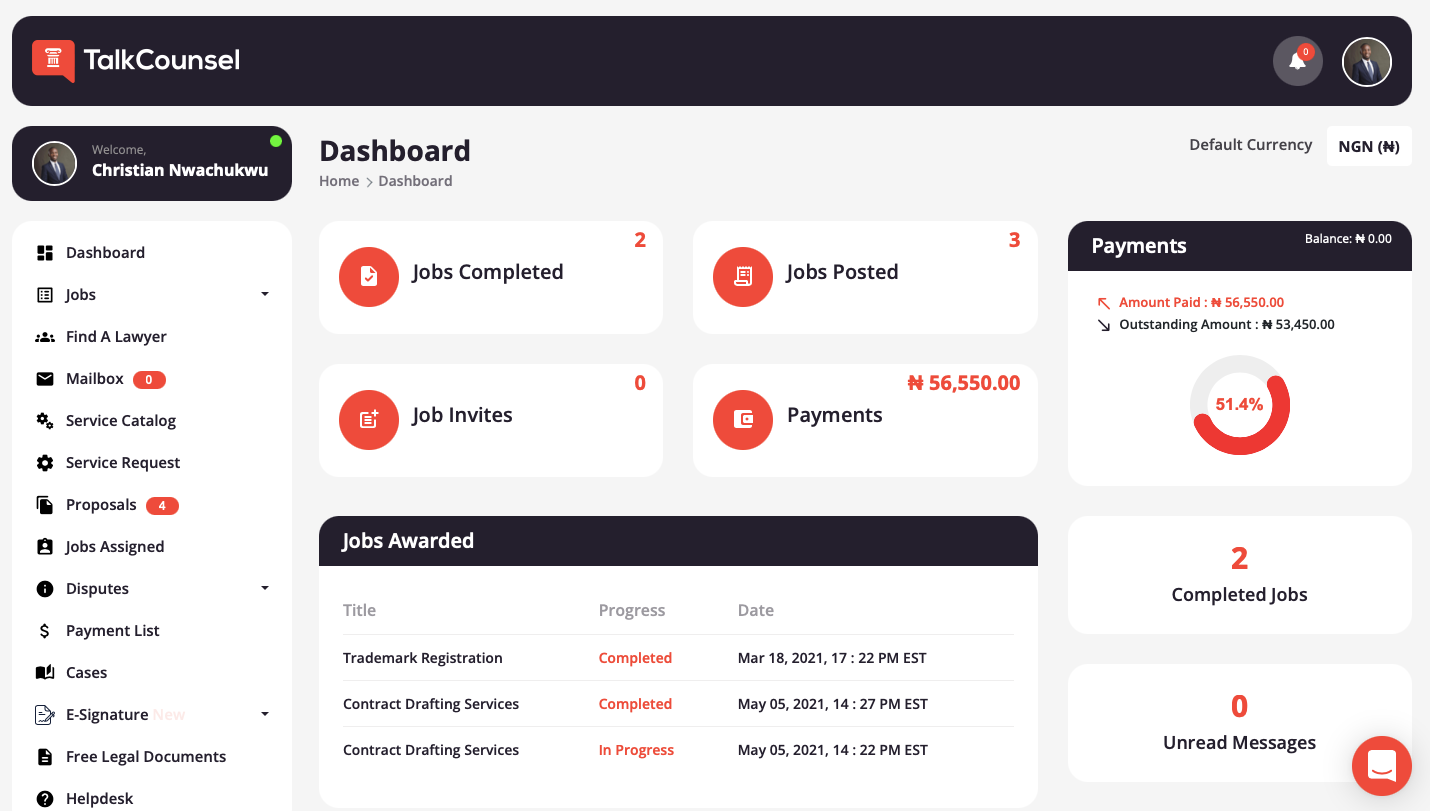Insubordination in the workplace can be a huge problem for employers and employees alike. When employees don’t listen to their supervisors, it can lead to chaos and disrupt the entire workflow. On the other hand, employers who don’t handle insubordination properly can face lawsuits from disgruntled employees. In this article, we will discuss 6 steps that both employers and employees should take to handle insubordination in the workplace.
Related: Why You Should Use A Corporate Entity To Run A Home Based Business
Step #1. Have a clear understanding of what insubordination is
Insubordination is a form of employee misconduct where an employee refuses to comply with a lawful order from their supervisor or manager. It can be verbal or physical and can range from minor infractions to more serious cases such as insubstantial refusal to work or threats against the employer.
Employers should have a clear understanding of what constitutes insubordination in their workplace and should outline this in their employee handbook. This will help to ensure that employees are aware of the expectations and rules governing their behavior and help to protect employers from potential legal action.
Employees also need to be aware of what constitutes insubordination and should comply with all lawful orders from their supervisor. Employees who repeatedly refuse to comply or engage in disruptive behavior can face disciplinary action, including termination of employment.
Step #2. Create an action plan for how to address the issue
When an employee is insubordinate, it can be a difficult situation for the employer. It’s important to take the time to create an action plan to address the issue. The action plan should include:
1. The steps that will be taken to correct the behavior
2. The consequences for not correcting the behavior
3. How the issue will be monitored
4. The steps that will be taken if the behavior persists
Creating an action plan will help to ensure that the issue is addressed in a timely and effective manner. It will also provide a framework for both the employer and employee to follow. By taking these steps, you can help to resolve the issue and maintain a positive workplace environment.
Step #3. Investigate the root cause of why this employee may be acting out
To effectively handle insubordination in the workplace, employers and employees need to understand the root cause of why this behavior may be occurring. There can be any number of reasons why an employee may be acting out, ranging from frustration with their job duties to a personal conflict with their supervisor. It is important to investigate the root cause of the problem to develop an effective solution.
If the insubordination is due to a conflict with the supervisor, it may be helpful to schedule a meeting with both parties to discuss the issue. The employer can explain why they are requiring certain tasks to be completed, while the employee can express their concerns and frustrations. If possible, a resolution should be reached that is agreeable to both parties.
If the insubordination is due to frustration with job duties, the employer may need to consider re-assigning some of the employee’s tasks to relieve some of the pressure. The goal should be to find a solution that allows the employee to complete their assigned tasks without becoming frustrated or rebellious.
In either case, employers and employees need to communicate openly and work together towards a resolution. By investigating the root cause of insubordination, they can develop a plan that will effectively address the problem.

Step #4. Address any underlying issues that may be causing the behavior (e.g., lack of communication, too much work)
If you’re an employer dealing with insubordination in the workplace, it’s important to address any underlying issues that may be causing the behavior. This could include a lack of communication or too much work. Addressing these issues can help to prevent future problems and ensure a more productive work environment.
If you’re an employee who’s been insubordinate, it’s important to try and understand why you’re acting out. It may be that you’re not feeling heard or appreciated, or that you’re overwhelmed with work. Addressing these underlying issues can help to improve your relationship with your employer and make your job more manageable.
Step #5. Take corrective actions if necessary (e.g., reprimand, demote, or terminate)
If an employee is continually refusing to follow orders or exhibits insubordinate behavior, you may need to take corrective action. This could involve issuing a warning, demoting the employee, or even firing them. Make sure you are familiar with your company’s policies and procedures for disciplining employees before taking any action.
It is important to note that corrective action should only be used as a last resort, after all, other attempts at resolving the situation have failed. Be sure to document all interactions with the employee, including any warnings or disciplinary actions taken. This information can help support your case if you need to take further action.
If you are an employee who is struggling to comply with your boss’s orders, try to communicate with them and see if there is a way to resolve the situation. If that doesn’t work, consider talking to HR or another trusted advisor. The last thing you want is for things to escalate and result in disciplinary action.
Step #6. Determine whether it is time to move on from this particular employee and find someone better suited for your company’s needs
In some cases, it may be necessary to move on from an employee who is exhibiting insubordinate behavior. This could be due to a lack of cooperation or because the employee is no longer a good fit for the company’s needs.
If you are an employer, it is important to weigh all your options before deciding to terminate an employee. There may be other solutions that can be explored, such as re-assigning job duties or scheduling a meeting with the supervisor and employee to discuss the problem.
If you are an employee who is struggling to comply with your boss’s orders, it may be time to find a new job. Talk to HR or another trusted advisor to get help finding a position that is a better fit for your skills and personality.
Moving on from an insubordinate employee can be difficult, but it is often the best solution for everyone involved. By following these steps, you can make sure that the process goes as smoothly as possible.
Final thoughts
In closing, it’s important to note that insubordination can be a tricky problem. It may not always lead to termination and there are many reasons why employees might become insolvent or disobedient at work.
That said, if you do find yourself in this difficult situation where someone on your team is behaving inappropriately and causing disruption for the rest of the group, we hope these six steps will help guide how you handle it going forward. Our goal with all our content here is to help you run a more successful business, and that includes dealing with difficult situations like this one.











